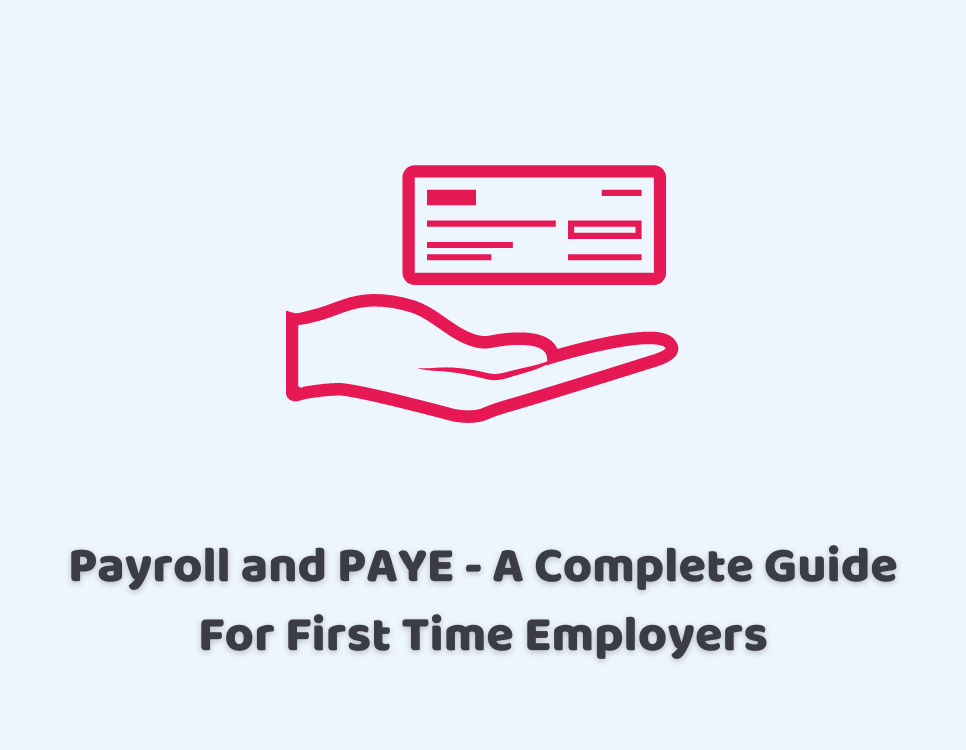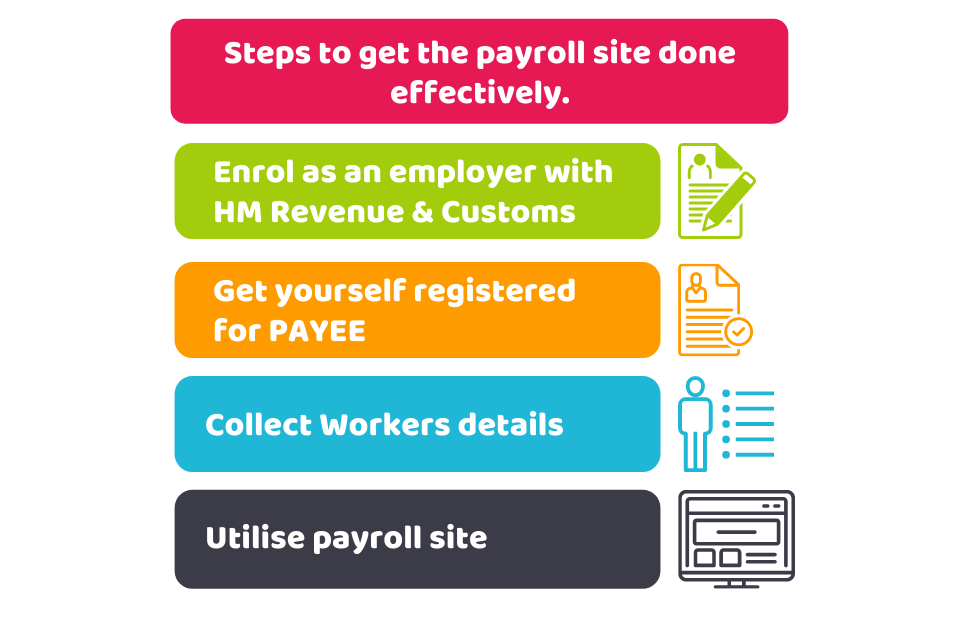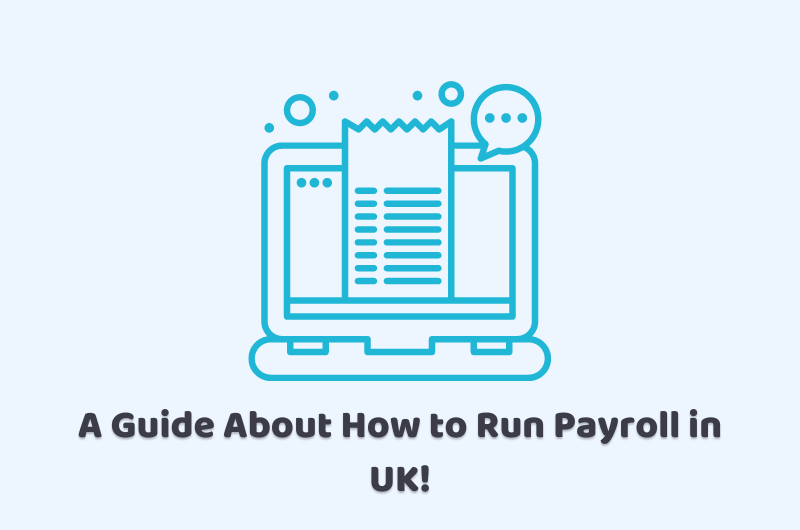
30/08/2021Payroll & PAYE , Personal Tax , Tax Issues
Payroll could be complicated for numerous foreign managers and companies that need to perform business transactions within the UK. So, in case you’ve got come to the point of setting up a payroll site and the thought of running PAYE fills you with fear, or you feel that you don’t know enough to make things right, then no need to worry as this straightforward blog will help you understand things better!
This blog is based on the following essential steps to get the payroll site done effectively.

- Enrol as an employer with HM Revenue & Customs
- Get yourself registered for PAYE
- Collect Workers details
- Utilise payroll site
So let’s explore the details
1. Enrol as a Business Owner with HMRC
First of all, make sure that whether you wish to enrol as a business owner. Ordinarily, you’ll have to do so if you are going to recruit your first employee or utilise subcontractors for development work. Moreover, you’ll have to be enlisted as a business owner if you’ve set up a local company and planned to pay yourself income as a director.
Use this form to enrol as a proprietor.
After becoming a business owner for the first time, you need to understand your legal obligations towards your employees. As a business owner, the charge and work obligations you have for your staff will depend on the contract you provide them and their employment status. HM Resource & Customs have delivered a checklist for first-time business owners, which we suggest you read.
Are you looking for a professional to help you with employment contracts or understand your responsibilities as a business owner? Then at CruseBurke, we have a team of skilled accountants that provides solutions to all your business problems!
2. Get yourself Registered with PAYE
After registering and receiving your confirmation letter as a business owner by HMRC, you have to register online to pay taxes and NICs. This concept is termed PAYE.
3. Collect Workers details
Make sure you collect all the necessary details from your new workers. You’ll require:
- Full name, DOB
- Start date
- National insurance number
- Home address
- Affirmation of whether they have other employments or a Student loan
HMRC have made the data collection process simple as you’ll ask your new worker to fill within the online HMRC starter form. Before giving you all the required information, the newly hired employee will completes the starter form online, prints it out and sign it.
4. Utilise payroll site
The whole process will be automated with the help of a cloud-based payroll site. It will reduce your essential time and stress by taking care of tax calculations, NICs, your business stipend (if you’re entitled to one) and by producing payroll slips for workers. In addition, it will automatically generate your Real Time Information (RTI) reports submitting it to HM Revenue & Customs and reduces your burden by producing payslips for workers.
Final Thoughts
Famous software like QuickBooks, Sage and Zero provides you packages that include payroll sites with support. If you utilise one of these accounting software, it’ll make the payroll process easier for you.
Tackling payroll by yourself is still daunting? Our payroll team can help you out with this. We are a team of professionals that offer training and support to help you get your payroll system up and running. So reach us now to save your time and grow your business like never before!


